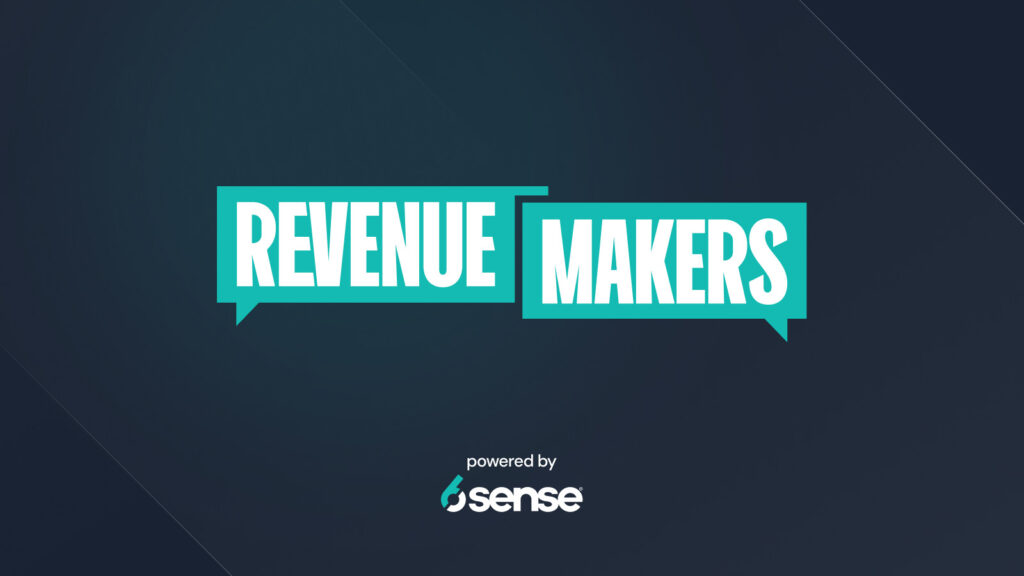What is Sales Acceleration?
Sales acceleration is the practice of using technology and data-driven insights to improve sales performance, by accelerating the sales cycle and increasing the number of closed deals. It involves leveraging marketing automation, analytics, and customer relationship management (CRM) to identify and prioritize prospects, personalize outreach, and quickly move leads through the sales funnel.
What are the Benefits of Sales Acceleration?
Sales acceleration gives organizations an advantage in a number of ways, including:
- Increasing customer satisfaction through faster response times and more efficient processes
- Enabling more accurate and effective sales forecasting
- Streamlining communication between sales reps and customers
- Allowing sales reps to focus on building relationships with customers rather than on administrative tasks
How to Calculate Sales Acceleration
Sales teams can calculate sales acceleration using this formula:
(New Sales - Old Sales) / Old SalesAs an example, if Acme, Inc. generated $100,000 in sales in Q1 and $150,000 in Q2, its sales acceleration would be calculated as follows:
(150,000 - 100,000) / 100,000 = 0.5This means that the company’s sales increased by 50% in Q2 compared to Q1.
Discover 5 Ways Sales Intelligence Drives Sales Acceleration
Develop a Sales Acceleration Strategy
To build a sales acceleration strategy that will drive sales success, follow this process:
- Define the target audience to inform messaging, channels, and tactics used to reach them.
- Set goals and objectives — as well as the metrics used to assess them — to help measure and track success throughout the process.
- Build a sales funnel that outlines the steps a customer takes from initial contact to purchase.
- Implement technology like sales intelligence to support the acceleration initiative.
- Analyze competitors’ strategies, considering messaging, channels, pricing, customer service, and more.
- Document target audience, goals, and sales funnel steps in a formal sales acceleration plan to ensure consistency across teams and reps.
- Test and measure performance incrementally and adjust the plan accordingly.





